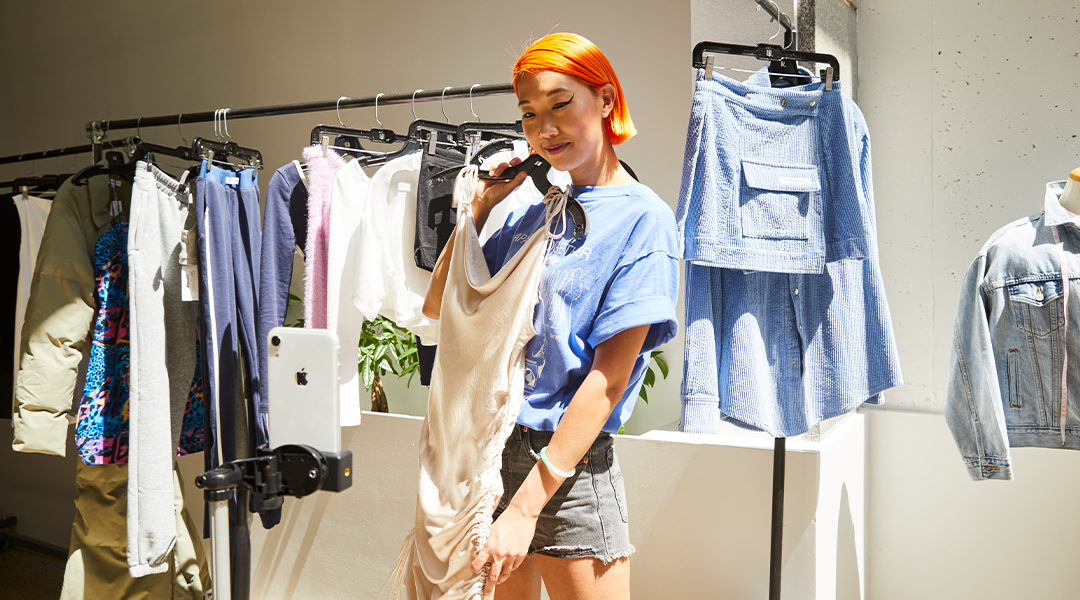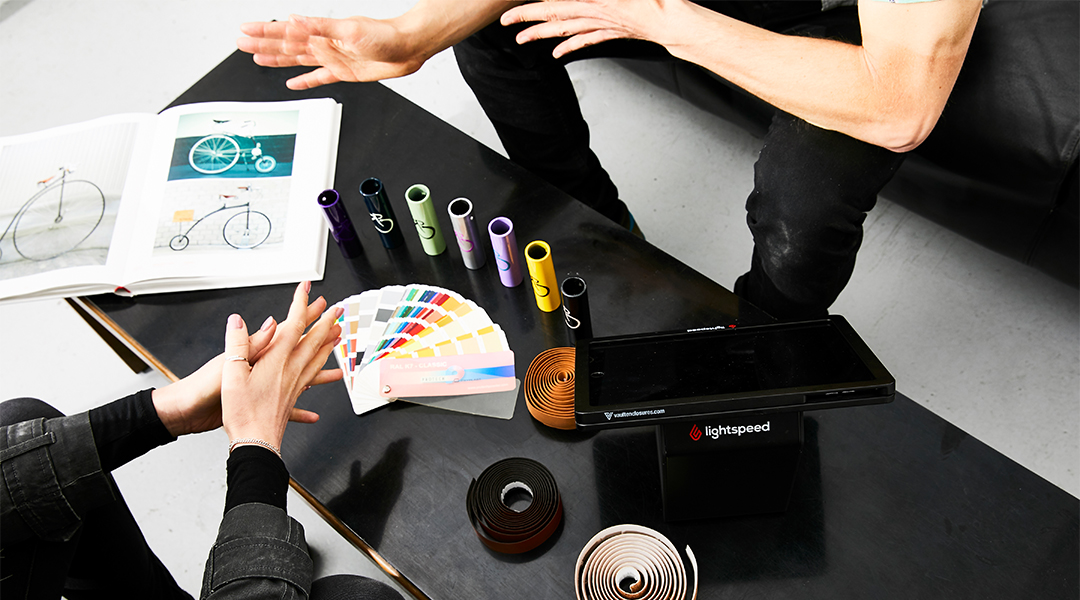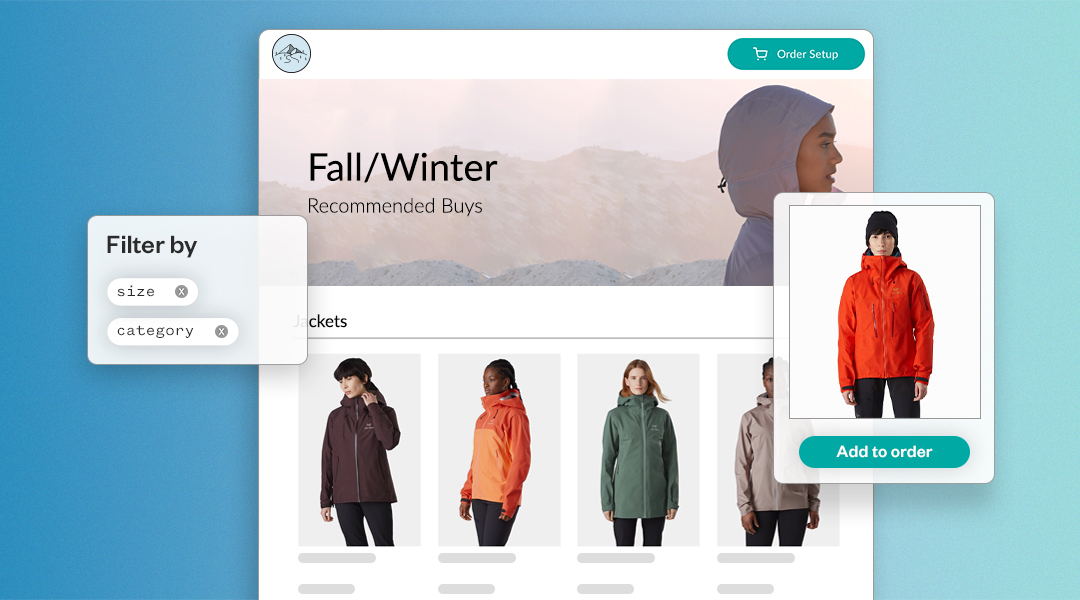Maximize retail partner success with your brand story and transparency
Learn how to leverage your brand story and transparency to maximize your retail partnerships.

There were over $227 billion in U.S. retail sales in the second quarter of 2023. In a retail market this fierce, it’s challenging to build a brand that stands out. Brands must compete for limited shelf space, consumer attention, and partnerships with key retail buyers. And because retail buyers are your conduits to consumers, those partnerships will affect every other variable in your brand’s success.
To forge strong partnerships with retailers, your brand needs two things: a compelling story and a commitment to transparency. Let’s explore how you can use both to stand out in a busy retail environment.
Building a Compelling Brand Story

Your partnerships with retailers do more than inspire more sales. Retailers are gatekeepers, determining product placement, seasonal promotions, and overall presentation of your brand to the end consumer. If a retailer isn’t sold on your brand story, you can’t expect consumers will be, either.
One powerful strategy for achieving this is to master the art of brand storytelling. A good brand story makes your company more memorable, which keeps your brand top-of-mind when retailers search for partners.
For example, we’ve previously highlighted TOMS Shoes. They want to build an effective product: footwear that keeps customers comfortable and their feet supported. But what’s the TOMS story? It’s about more than footwear. It’s about the original concept of sending shoes to children in need every time TOMS sells a pair.
The true story of TOMS isn’t massive sales and winning revenue numbers. The true story is that they’ve donated millions of shoes to children in over 70 countries.
You might not have a project like this to lean on for your brand story, but you can still connect your brand’s aspirations with its current goals. What was your brand’s founding mission? What values drive your strategies? What is your brand doing today to connect its actions with that mission?
Let retailers know about your brand’s “origin story.” You can do that by incorporating your brand’s story onto your homepage or building personalized, shoppable experiences. This worked wonders for SPANX™, who received sales from 46 of 48 accounts after building targeted campaigns for their buyers. Read more about it in their case study here.
Building Strong Relationships with the Power of Transparency

For the most successful partnership, your brand should build trust with your buyers. Transparency should be your top priority here.
Think of transparency as a cornerstone in how retailers make their buying decisions. Did the market react badly to one of the items you were selling? Are you using a new factory or new materials? Are you phasing old materials or styles out? Your buyer will want to know. This information is crucial in aiding your retail partner in making the best buying decisions against the latest consumer trends.
Check out our webinar, Solving the Merchandising, Storytelling, and Inventory Equation, for expert advice from Nordstrom and Bloomingdale’s buyers on helping your retail buyer drive sell-through.
Finding Retail Partner Success By Standing Out

More information—both about your brand and your products—invites retail buyers in. It gets them thinking about who you are, what you create, why you create it, and how best to share that story with the end customer.
But you also need the B2B tools to share these details with retail buyers. An effective B2B platform lets you use tools like shoppable catalogs to become more transparent, marketable, and accessible at multiple touchpoints in the retailer’s buying journey.
Consider requesting a demo with NuORDER by Lightspeed to discover how storytelling and transparency can transform your relationship with essential retail buyers.
Related articles
Get on the list
Wholesale tips and industry news you can’t miss, delivered weekly

